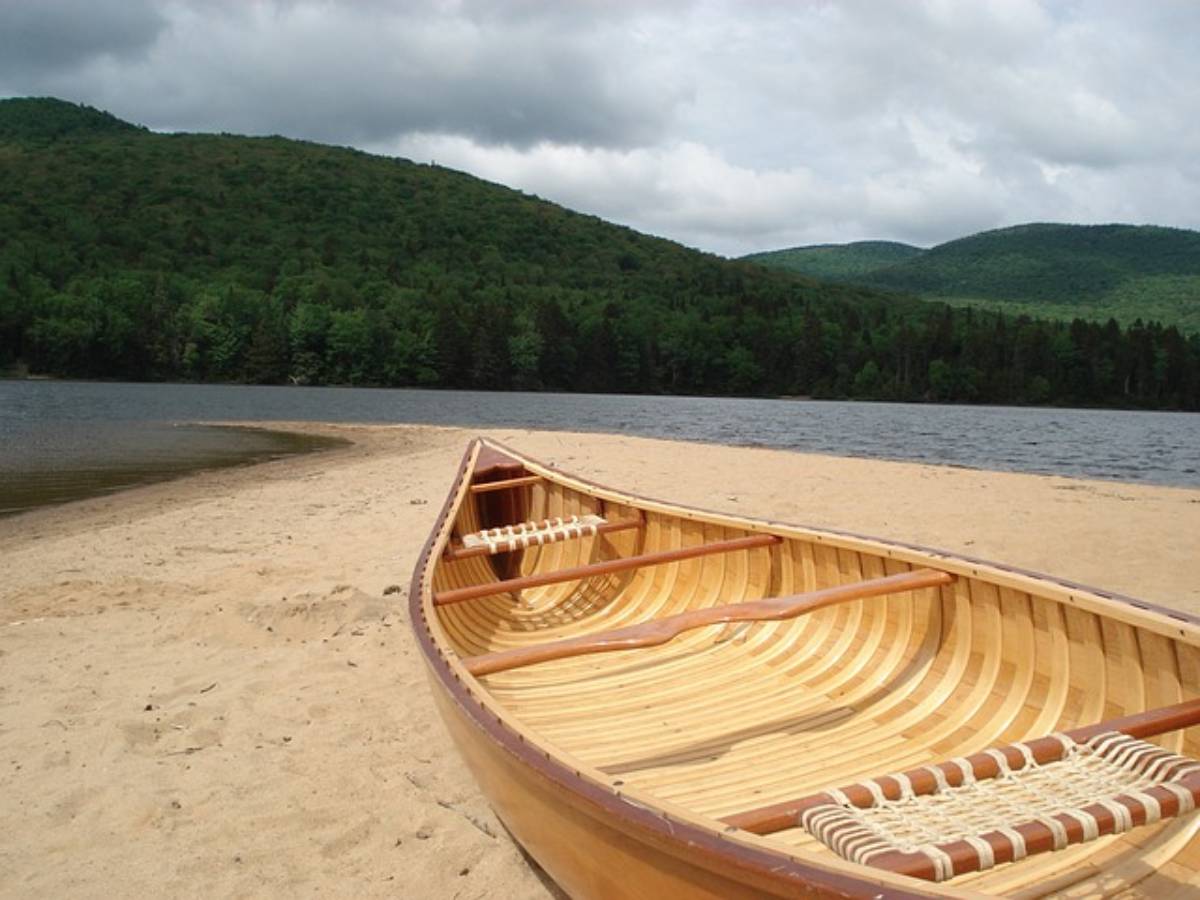Now that you’ve got a rod and reel, it’s time to string it up!
You’re going to need some fly line and some backing.
Read on and get ready to rig up!
Backing Is Important
Never heard of backing?
That doesn’t surprise me. It’s probably the most boring component to be found in fly fishing. But it’s still a requirement.
Backing is put onto the fly reel first, and then you tie the fly line onto the end of that.
The primary purpose of backing is to take up space on the spool of the reel so your fly line isn’t coiled so tightly. It also provides plenty of extra length should you need it if a fish makes a long run.
It’s not uncommon to have 70 or more yards of backing on a fly reel. It’s very plain, string looking stuff and the good news is, it’s really inexpensive! Most fly shops will be glad to spool it up for you at no charge when you make your purchase of a fly reel and fly line.
Speaking of fly line, it’s next.
To Cast A Fly, You Need Fly Line
The fly line is what makes casting a fly possible.
Regular old fishing line is very thin and weighs very little. Fly line on the other hand, is much thicker and much heavier. That size and mass is what allows one to get a fly to the target.
In fly fishing, you cast the line, the fly goes with it. In bait casting or spin casting, the lure or bait is the mass you cast and the line goes with it.
Clear as mud right? Well, we’ll cover casting in another post.
Basically, a fly line is made of a core material and a coating.
The core of the fly line, is mostly responsible for its strength, stiffness and stretch characteristics. Obviously, you want the line strong enough to be able to handle the fish you are trying to catch. The line needs to be stiff enough to give it good castability. And some stretch is needed to help reduce line coils.
I’d say the coating is mostly responsible for the color, whether a line floats or sinks, and to add weight to the line. That weight is required to accomplish casting.
Some lines are made with waterproof agents and less dense materials to help them float while others are made with very dense materials, and sometimes even powdered metal is added to the compound to achieve the desired sinking characteristics.
There are many, many types of fly lines available and they can range in price from a few bucks to a lot of bucks. Floaters and sinkers and intermediates and every color under the sun and tapers and sizes that will boggle the mind.
Remember though, if this is your first fly fishing rig and if you are gearing up the basic rig for that 5 weight rod mentioned before, you’ll probably do just fine with a WF5F designated line. That stands for Weight Forward 5 weight Floating line. The 5 weight is a size rating. There are lots of sizes and the bigger the number, the bigger and heavier the line.
Next, we need to get a leader and a tippet attached to the end of your fly line…
Sharp hooks and tight lines,
Ron



